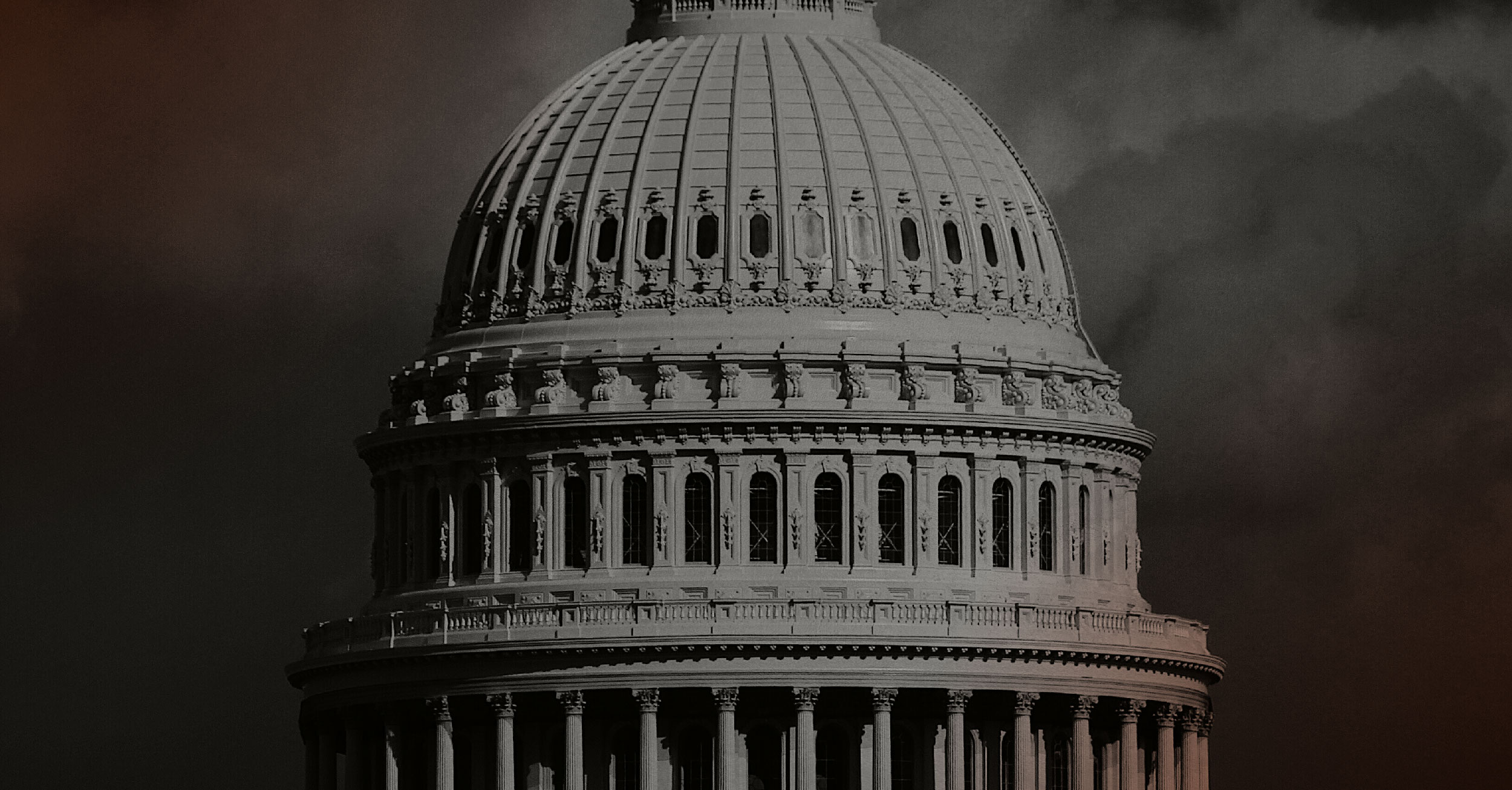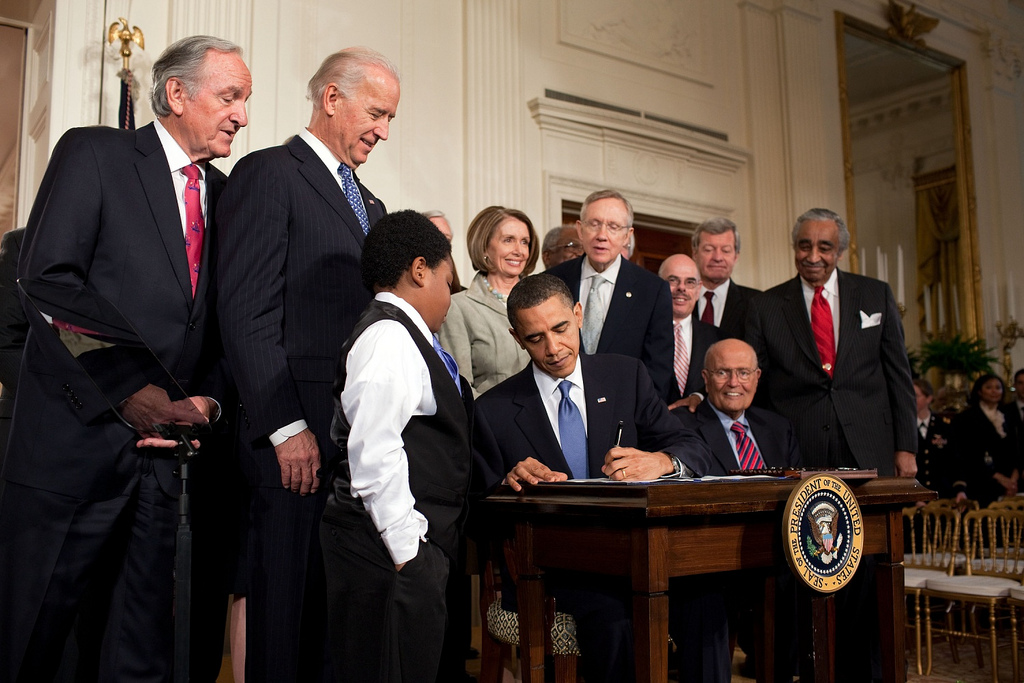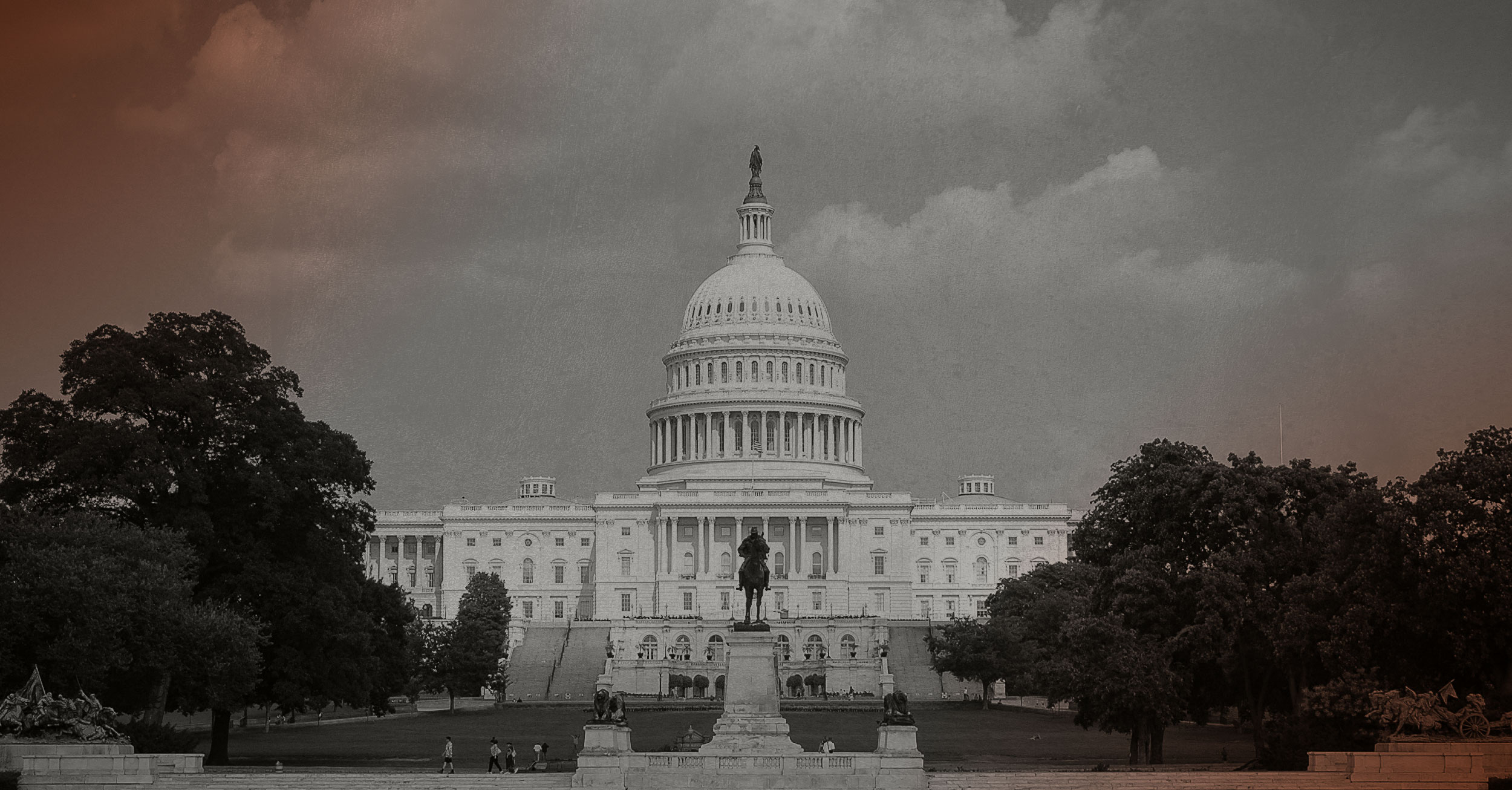
Read the Full PDF Here
Next week marks the 14th anniversary of the passage of the Affordable Care Act (ACA). Since President Obama signed the ACA into law on March 23, 2010, it has become woven into the fabric of our nation. Thanks to President Biden’s efforts to lower the cost of health care, a record-breaking 21.3 million Americans signed up for coverage through the Marketplaces for 2024. The Inflation Reduction Act has built on the law’s strong foundation by lowering premiums for people who buy their own coverage by an average of $2,400 a year per family.
At the same time, about 24 million people have gained health care coverage through the ACA’s Medicaid expansion. Right now, one in four Americans is covered by Medicaid or the Children’s Health Insurance Program (CHIP). Medicaid expansion has decreased income inequality, increased access to preventative care, and saved lives.
Millions of Americans depend on the ACA in order to stay healthy and financially secure. It’s not just about coverage. It includes a broad range of cost savings and protections that touch nearly every household in the country. For example, if the ACA is repealed, over 100 million Americans with pre-existing conditions could be denied coverage or charged more, 52 million seniors would have to pay more for prescription drugs, and insurance companies would not be required to cover preventative care, such as vaccinations, contraception, and cancer screening.
The ACA has survived countless repeal attempts, and now it’s stronger than ever. Yet Republicans still want to destroy the ACA and all of its protections for over 100 million people with pre-existing conditions. Donald Trump has reignited his calls to repeal the ACA. As Trump is escalating his threats to repeal the ACA, Republicans in Congress and their allies are working overtime to dismantle reproductive care, hike premiums, slash Medicare and Medicaid, reverse recent coverage gains, and raise prescription drug costs for the American people.
14 years ago, not a single Republican voted for the ACA and since then, they have continuously called for repeal. In 2016, Republicans passed the Restoring Americans’ Healthcare Freedom Reconciliation Act of 2015, only to be vetoed by President Obama. 2017 brought numerous attempts at repeal all of which failed to pass and become law.
Yet the threats did not stop there. Several Republican candidates up for election in 2024 have campaigned on overturning the ACA. Donald Trump alone has promised to overturn the ACA at least seven times last year.
President Biden has shown what it means to make health care better — he has lowered prescription drug and insurance costs, helped families connect to coverage, and taken on big drug companies and other corporate interests. The MAGA-Republican plan to gut health care will only take us backwards and throw the entire health care system into chaos.
 A Closer Look at How the Affordable Care Act Is Lowering Health Care Costs Across the Country:
A Closer Look at How the Affordable Care Act Is Lowering Health Care Costs Across the Country:
About 46 Million Americans Have Affordable Health Coverage. Because of the ACA, about 46 million Americans have health coverage through the Marketplace, Medicaid, or CHIP.
More Than 21.3 Million People Signed Up For Coverage They Can Afford Through The Marketplace. In 2024, a record-breaking 21.3 million people who buy insurance on their own signed up for health coverage through the ACA Marketplace. This is the highest number of Americans to ever enroll during an Open Enrollment Period and it is thanks to policies that lowered premiums in President Biden’s American Rescue Plan and Inflation Reduction Act. Families are now saving an average of $2,400 a year on their health insurance premiums.
Americans Are Saving More Than Ever On Health Care Premiums. Most people receiving coverage through the Marketplace qualify for tax credits to help pay for their premiums, and the American Rescue Plan and Inflation Reduction Act made these savings more generous and available to more people. Four out of five people enrolling in a Marketplace plan have a plan for less than $10. The Inflation Reduction Act builds on the ACA by ensuring all enrollees never pay more than 8.5 percent of their household income on premiums. The Inflation Reduction Act expanded the eligibility for premium tax credits above 400 percent of the federal poverty level through 2025 — roughly $54,000 for a single person or $111,000 for a family of four. Previously, families earning more than 400 percent of the federal poverty level spent an average of 15 percent of their incomes on health insurance. Americans earning up to 150 percent of the federal poverty level (roughly $20,000 for a single person and $41,000 for a family of four) who buy their coverage on the Marketplace are able to enroll in a plan with $0 premiums.
Lower Health Costs Have Improved Access To Care And Financial Security. Between 2010 and 2018, the share of non-elderly adults with a problem paying a medical bill fell by 17 percent, the share who didn’t fill a prescription fell by 27 percent, the share who skipped a test or treatment fell by 24 percent, and the share who didn’t visit a provider when needing care fell by 19 percent.
Prescription Drugs Are Considered Essential. Thanks to the ACA, insurers have to cover what are known as “essential health benefits,” and that includes prescription drugs. This required all health insurance plans to cover at least one drug in every category and class of approved medicines.
More Than 60 Million Gained Access To Birth Control With No Out-Of-Pocket Costs. The ACA guarantees that private health plans cover all FDA-approved forms of contraception and make them available to 58 million patients with no out-of-pocket costs. More than 99 percent of sexually active women have used contraceptives at some point in their lifetimes, and approximately 60 percent of women of reproductive age currently use at least one birth control method. In addition to increasing access to this essential treatment, this ACA provision has saved money for women and their families: women saved $1.4 billion on birth control pills alone in 2013.
A Closer Look at How the Affordable Care Act Is Protecting Patients Across the Country:
Over 100 Million Americans With Pre-Existing Conditions Are Protected. Because of the ACA, insurers in the individual market can no longer drop or deny coverage, or charge more because of a pre-existing condition. Over 100 million Americans have a pre-existing health condition. Without the ACA, millions of Americans who have contracted COVID-19 would likely be deemed as having a pre-existing condition and be at the mercy of their insurance companies who could refuse to pay for needed care.
The ACA Guarantees Comprehensive Coverage. Because of the ACA, insurers have to cover what are known as “essential health benefits,” such as maternity care, prescription drugs, and substance and mental health. Before the ACA, individual market plans often failed to cover these basic, and oftentimes preventive, health services.
The ACA Ended Annual And Lifetime Limits, Including For People With Employer-Based Coverage. Thanks to the ACA, insurers can no longer put annual or lifetime limits on the care you receive. At the time the ACA was passed, 91 million Americans had health care through their employers that imposed lifetime limits. Many such plans capped benefits at $1 million, functionally locking people with complex medical needs out of coverage. 179 million Americans with employer coverage are protected from lifetime limits, in addition to the millions with ACA Marketplace coverage.
Women Can No Longer Be Charged More Than Men. Because of the ACA, insurers can no longer charge women more than men for the same coverage, and insurers are now required to cover important health benefits like maternity care. Before the ACA, only 12 percent of individual market plans offered maternity care. The ACA established maternity coverage as one of the ten essential health benefits required on all new individual and small group policies. The American Rescue Plan created a pathway to coverage for pregnant Americans, allowing states to extend postpartum coverage under Medicaid from 60 days to 12 months following pregnancy. The United States has the highest rate of maternal mortality in the industrialized world, with 30 percent of maternal deaths occurring between six weeks and one year following delivery, after Medicaid coverage has ended.
LGBTQI+ Americans Are Protected From Discrimination By Health Insurance Companies. Republicans have worked to sabotage the Biden administration’s efforts to require health insurance plans offered through the ACA to include sexual orientation and gender identity as protected characteristics. LGBTQI+ Americans are more likely to be without health insurance than straight individuals. According to a Center for American Progress survey, in 2019, the LGBTQI+ uninsured rate was 20 percent in holdout states, compared to 8 percent in states that adopted Medicaid expansion. Access to affordable, quality health care plans under the ACA and its expansion under the American Rescue Plan and Inflation Reduction Act help combat the number of LGBTQI+ Americans who are uninsured. Premium subsidies made available by the ARP helped nearly 210,000 LGBTQI+ enrollees have access to zero-premium plans.
A Closer Look at How the Affordable Care Act Is Expanding Health Care Access Across the Country:
States Have The Option To Expand Medicaid. Because of the ACA, states can expand Medicaid to millions of adults who previously did not qualify for affordable health care. 24.3 million Americans were enrolled in Medicaid thanks to Medicaid expansion. Between 2013 and 2020, states that expanded their programs saw a 33.9 percent increase in Medicaid enrollment.
Rural Hospitals Benefit From Medicaid Expansion And Lower Premiums. Through lower premiums and expanded Medicaid, the ACA has profoundly reduced uncompensated care costs, which are often the direct result of individuals who are uninsured or underinsured. Studies published in 2021 found that Medicaid expansion resulted in hospitals receiving higher reimbursements and decreased uncompensated care costs. In 2019, uncompensated care costs in expansion states were less than half of those in non-expansion states. Compared to 2013, hospitals’ uncompensated care costs decreased by more than $14 billion in 2017, or 26 percent.
Medicaid Expansion Improved Health Outcomes And Saved Lives. A study published in the Journal of Health Economics found that Medicaid expansion reduced all-cause mortality in people aged 20 to 64 by 3.6 percent. According to the Center on Budget and Policy Priorities, Medicaid expansion saved the lives of 19,200 older adults aged 55 to 64 between 2014 and 2017. At the same time, 15,600 older adults died prematurely as a result of their state’s decision not to expand the program.
Children Benefit From Medicaid Expansion. When parents have health insurance, their children are more likely to be insured. A study in Health Affairs found that 710,000 children gained public coverage as a result of their parents enrolling in Medicaid between 2013 and 2015.
Medicaid Expansion Leads To Decrease In Income Inequality. A January 2021 study found the ACA helped reduce income inequality across the board, but far more dramatically in Medicaid expansion states. The bottom 10th percentile of earners In Medicaid expansion states saw a 22.4 percent boost in their income, compared to 11.4 percent in non-expansion states. A 2019 study found that Medicaid Expansion also caused a “significant” reduction in poverty.
A Closer Look at How the Affordable Care Act Improves Access to Preventive Services and Reduces Racial Inequity:
ACA Requires Free Preventive Care. Because of the ACA, health plans must cover preventive services — like flu shots, cancer screenings, contraception, and mammograms – at no cost to consumers. This includes the 179 million Americans with employer coverage. Importantly, the ACA requires plans to cover all vaccinations recommended by the CDC’s Advisory Committee on Immunization Practices (ACIP), including vaccines for COVID-19. Preventive care is essential to comprehensive coverage and because of the ACA, insurers have to cover what are known as “essential health benefits,” such as maternity care, prescription drugs, and substance and mental health.
Medicaid Expansion Leads To Expansion In Available Preventive Care Services. Medicaid expansion has helped patients access preventive care, including colon cancer screenings. Expansion has also increased patient access to kidney transplants and made diabetes medication more affordable for low-income patients. The program was also tied to earlier diagnoses of colorectal cancer and reducing diabetes-related amputations.
Preventive Care Has Reduced Racial Disparities In Health Outcomes. Access to preventive care starts with access to affordable coverage. The ACA led to historic reductions in racial disparities in access to health care, but racial gaps in insurance coverage narrowed the most in states that adopted Medicaid expansion. The ACA significantly reduced racial disparities in the share of people who went without care because of cost.
Medicaid Expansion Has Led To Improvements To Infant And Maternal Health. Whether coverage comes from Medicaid expansion or increased access to affordable coverage on the ACA Marketplace, coverage improves infant and maternal mortality outcomes. One study found that reductions in maternal mortality in expansion states were concentrated among Black mothers, “suggesting that expansion could be contributing to decreasing racial disparities in maternal mortality.” Expansion has also been tied to improving health outcomes for Black babies, significantly reducing racial disparities in low birth weight and premature birth.
Preventive Care Leads To Improvements In Disease-Specific Diagnosis And Treatment. A 2017 study called preventive care “one of the most important health care strategies to facilitate early diagnosis and treatment, improve quality of life, and prevent premature death.” Access to preventive care through Medicaid expansion reduced racial disparities in cancer care and resulted in earlier diagnosis and treatment for Black patients. According to the Center for American Progress, Black women were more likely to receive care because of the ACA.









 A Closer Look at How the Affordable Care Act Is Lowering Health Care Costs Across the Country:
A Closer Look at How the Affordable Care Act Is Lowering Health Care Costs Across the Country: